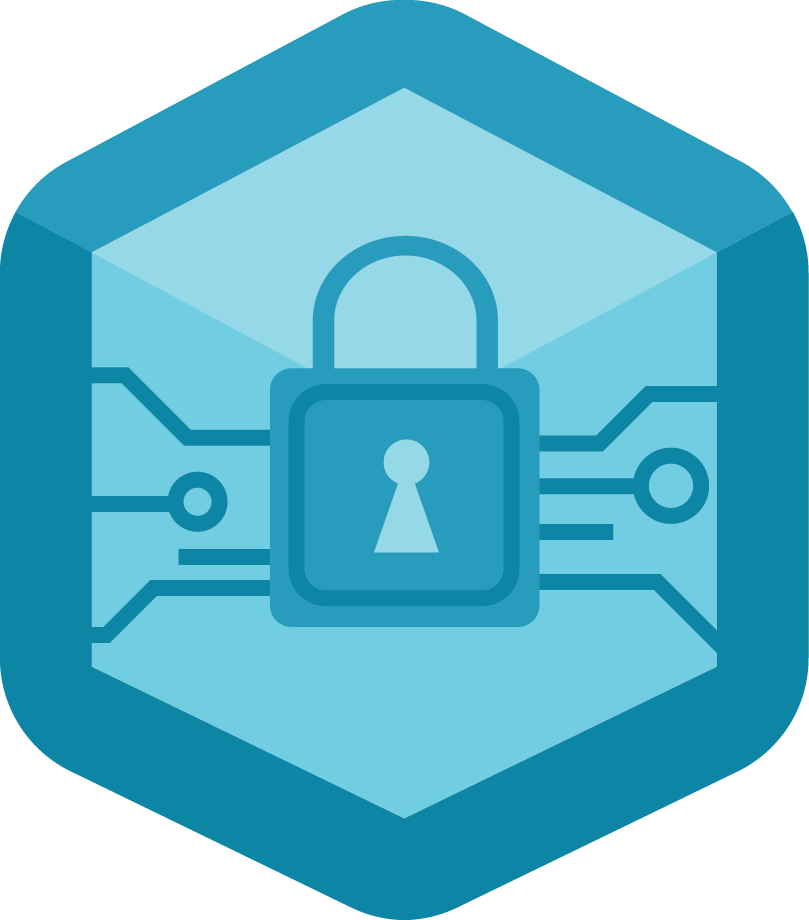In
our digital safety project, my group focused on the topic of pharming,phishing, and vishing. All are attacks used by hackers to extract personal
information about their victims, such as bank account numbers, Social Security numbers,
and more. Before working on this assignment, I had only known the names of
these crimes, not how to define them. I encountered some of these before, such
as suspicious e-mails promising me thousands of dollars in exchange for access to
my bank account and odd telephone calls from who claimed to be an agent of the
FBI or some similar organization. However, I was not aware of what exactly those
scams were and how big a threat they actually pose.
According
to Brody, Mulig, and Kimball (2007), “In January 2006, there were 17,877 cases reported. This is the
largest number ever recorded and that figure is 50 percent higher than the
previous year” (p. 50). And that number has only been growing since then. With
the sheer number of cases out there, it is important for not only teachers but
also their students to be aware of these crimes and how to protect yourself
from them. Students are especially susceptible to pharming, phishing, and
vishing because they are still young and may not be tech-savvy enough to
protect themselves from attacks. Also they spend a significant amount of time
using the Internet and social media. As Moreno, Egan, Bare, Young, and Cox
(2013) stated, “Internet safety is highly salient for today’s youth as they
spend up to 10 hours a day using various forms of media . . . The vast majority
of adolescents have internet access and most report daily use” (p. 1). Thus,
teachers should take the responsibility of teaching their students how to be digitally
safe. For myself, I would teach them by showing real-life examples and
consequences of different threats, so they are aware of that it can most
certainly happen to them at any time.
The
other introduced topics of this digital safety project, cyberbullying, fair use
& copyright laws, sexting, textual harassment, and privacy, are also highly
important for everyone to know, especially teachers. These are all part of the
daily life of teachers and students in the educational system, and being
ignorant of these can easily cause you serious consequences. There is not
anything I can think of that I would add to this list for digital safety, as
these are already significant enough to me.
In
my opinion, this digital safety project was an eye-opener for me and greatly
benefitted to my knowledge of technology. I now know more about educational subjects
I had not given nearly enough thought into, and I feel better prepared for
using technology and the Internet safely. Unfortunately, my group did not use
any web conferencing tool to work on this assignment, as we did not find the
need to use them. However, I do see the advantages to uses the tools introduced
in class, and I think they will certainly prove useful in the future. There is
not anything I would suggest to change for this assignment because it has already
proved helpful to me and hopefully to my fellow classmates.
References
Brody,
G., Mulig, E., & Kimball, V. (2007). Phishing, pharming and identity theft.
Academy of Accounting & Financial
Studies Journal, 11(3), 43-56.
Moreno,
M., Egan, K., Bare, K., Young, H., & Cox, E. (2013). Internet safety
education for youth: Stakeholder perspectives. BMC Public Health, 13(543), 1-6.

Hi:
ReplyDeleteExcellent writing. It was a pleasure to read.
-j-